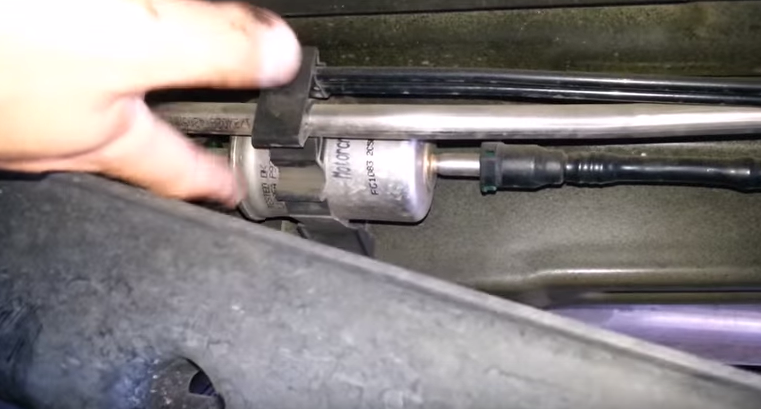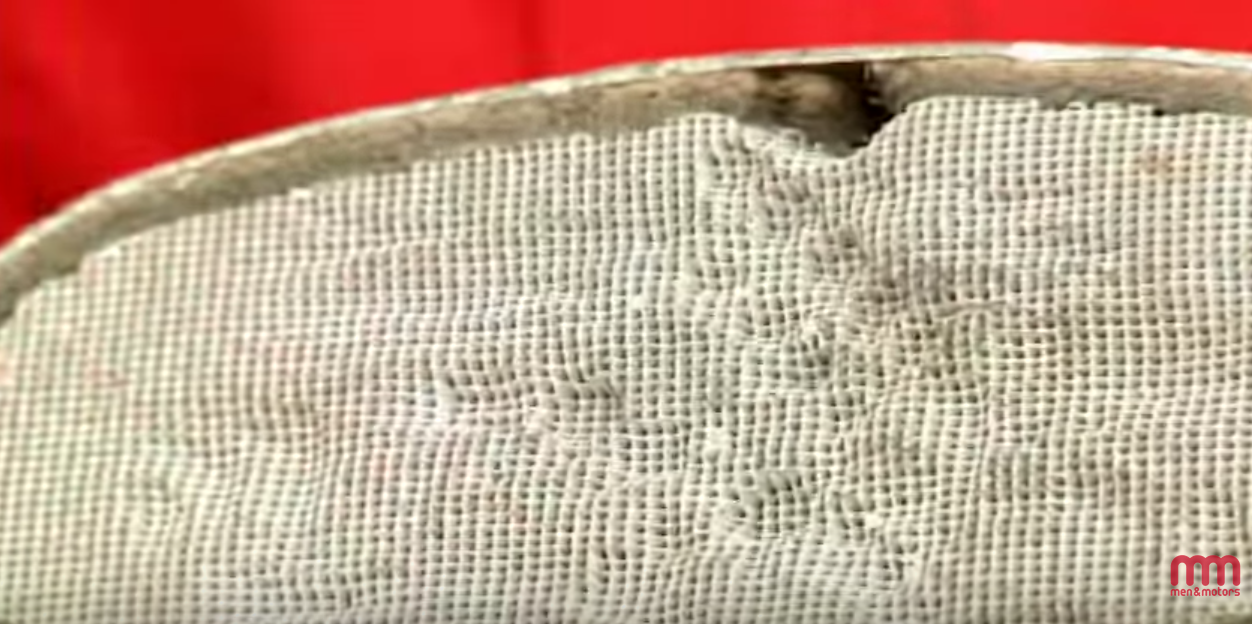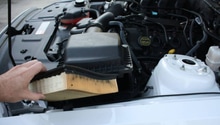Ford Mustang GT 2005-2014: Why is My Car Losing Power?
There are a number of reasons why your Mustang could be losing power. Getting to the bottom of it is a matter of trial and error.
This article applies to the Ford Mustang GT (2005-2014).
So you’re driving down the road in your Mustang GT, and you suddenly start to lose power. You paid a lot of money for all those horses, and you’re not about the give any of them the day off. Finding out the culprit is a matter of narrowing down the possibilities. This article will guide you though the troubleshooting process.

Materials Needed
- Jack and stands
- Phillips and flat head screwdriver
- Flashlight (optional)
Step 1 – Check the air filter
To run optimally, the engine needs the right combination of air, fuel and spark. The first thing to check is the air filter. If it’s excessively dirty, the engine can’t get enough air to generate the maximum output. A clean filter should look like the one in Figure 1.

Step 2 – Check the fuel filter
The fuel flow is just as important to the engine as air. A blocked fuel filter can result in a serious loss of power, and should be replaced immediately. It’s not nearly as easy as the air filter replacement, but still can be done.
You will need to jack up the rear of the vehicle to get to the filter, which is toward the front of the fuel tank as shown in Figure 2. You will need to remove the protective shield to get access to it. Always use extra caution when working with fuel lines!

Step 3 – Check the catalytic converter
The same way that a clogged air filter can restrict air flow into the engine, so too can a clogged catalytic converter restrict air flow out of the engine. The result is the same: reduced power. A catalytic converter can become clogged when parts of the ceramic catalyst break off and accumulate at the base of the converter. It can also become contaminated with oil or fuel deposits. A clean converter looks like the one in Figure 3.

Step 4 – Check the fuel tank vent
We talked about the fuel filter getting clogged and restricting the fuel flow. Another reason the fuel might not flow properly is a clogged fuel vent. The vent allows air into the system as fuel is pumped from the tank to the engine. Think of the gas canisters you use to fuel up a lawnmower. They have the long spout to dispense the fuel, and a small vent hole on the opposite side. If you don’t pop the vent open, the fuel barely flows from the spout.
Make certain that this vent is not kinked, blocked or clogged.
Step 5 – Other sources of power loss
Here are a few other possibilities for power loss in your Mustang GT:
- Clogged fuel injector(s)
- Bad fuel pump
- Misfiring cylinders
- Fuel contamination
The challenge with a power loss problem is that it could be something as simple as a clogged air filter or it could point to a major problem in the making. Be sure to read any engine codes to help you troubleshoot beyond the simple problems.
Related Discussions
- Car Seems to Be Losing Power - MustangForums.com
- Losing Power at High RPM - MustangForums.com
- Losing Power and Jerking at WOT - MustangForums.com
- Car Dying While Driving - MustangForums.com






